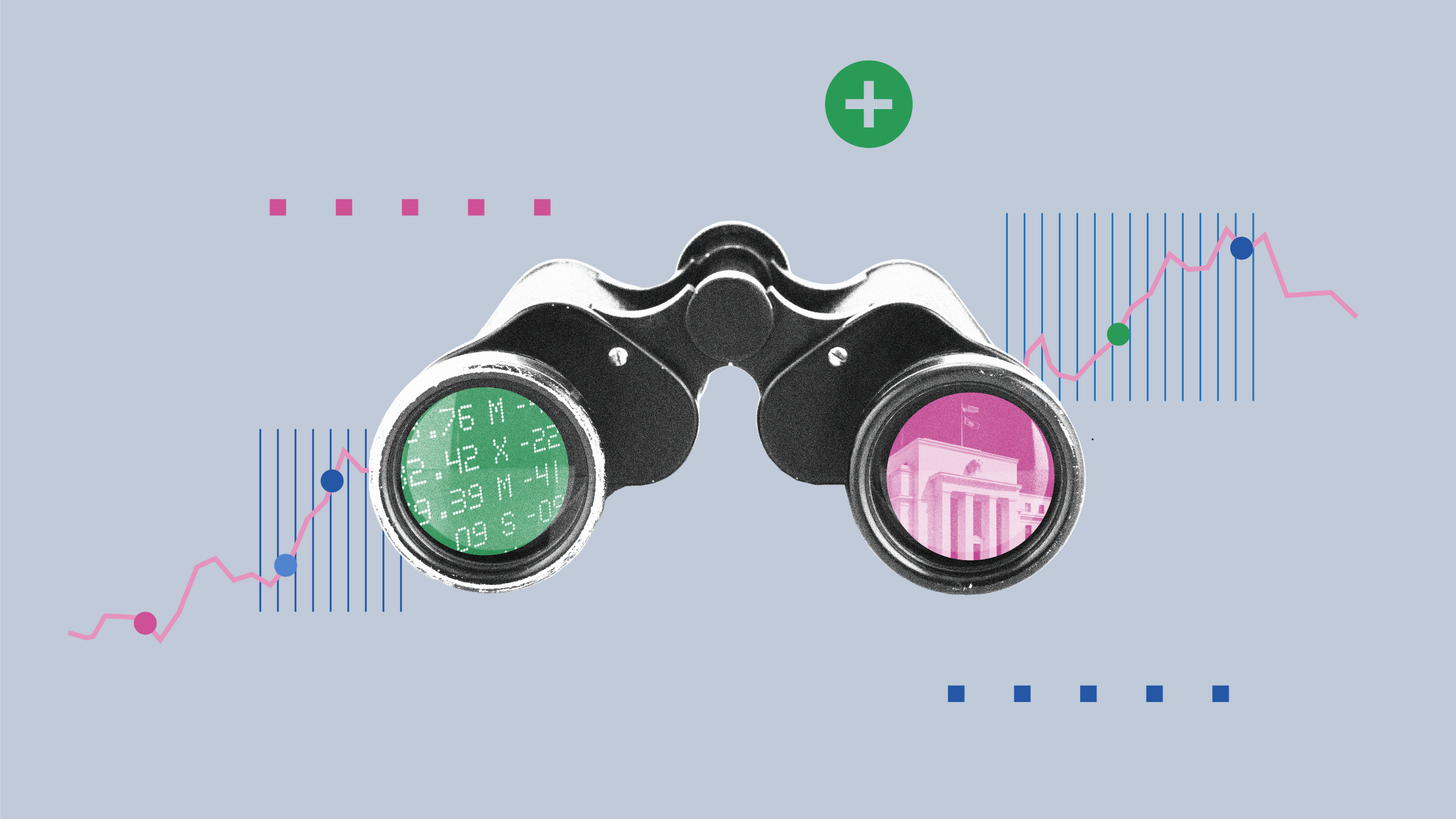
It’s no shock that women retire with smaller pension pots than men do – this is the case in practically every country in the world, and the gap between genders is higher than the gender pay gap too.
Unsurprisingly, the reason women fall behind is directly related to the gender pay gap. Pension contributions are linked to salary, and anything that reduces your pay will impact your pension over time.
This gap has been narrowing for the past years, but that was before a certain virus spread across the world. Research from NOW: Pensions and the Pensions Policy Institute (PPI) has revealed that women are approaching retirement age with £145,000 less than men. In 2019, that number was £105,000, meaning the gap between men and women has increased by £40,200.
Part Time Work Trap
The biggest reason for the disparity is directly linked to the difference in working patterns between men and women. Three quarters of the part time workforce are women, and of these, 3 million women earn less than £10,000, also known as the threshold for being auto enrolled into a workplace pension.
The UK also has one of the most expensive childcare systems in the world. The average price of a full-time nursery is £263 a week, according to According to the Money Advice Service, causing many families to opt for one unemployed or part-time employed parent. And this responsibility often falls on women who then see their pension savings directly impacted, either because their earnings don’t meet the limit or because they opt out of company schemes to pay for a childminder instead.
And now covid has increased the gender inequality. “Since the start of the pandemic, with widespread school closures, it is women who have had to take on the lion’s share of childcare responsibilities. We have also seen the majority of furlough requests were made by women,” says Samantha Gould, head of PR at NOW: Pensions. She adds that stats from debt charity StepChange show that women are also more likely to have gone into debt in this period. Between January and December 2020, 60% of those who accessed debt advice through StepChange debt advice were women.
Beyond this, there is the added stress that women tend to live longer than men which means their pension savings need to stretch further. And culturally there has also been a tendency for married women to rely on their partner’s pension rather than build their own.
Helen Morrissey, senior pensions and retirement analyst at Hargreaves Lansdown, says: “This is now changing but if one partner has a more generous pension then there can be tendency to rely on this. This has further issues when it comes to relationship breakdown. While assets such as the family home are often front and centre of divorce negotiations pensions are not prioritised which can lead to financial problems for women further down the line if they have not built up their own pension.”
Ways to catch up
It is easy to be disheartened by these challenges. All of these factors combined mean that women continue to be disadvantaged when it comes to building a pension that can help them afford a decent retirement. But, there are also several steps women can take to close the gap:
Start as early as possible
Morrissey says: “The three factors which will make the biggest difference to your pension pot at retirement are: the amount you pay in, the time your money has to grow, and how you invest within your pension. The more you can save early in your working career, the bigger the difference to your overall retirement wealth and they will also benefit from an employer contribution.” This is why it is important to stay enrolled into your workplace pension if you earn over £10,000 a year and are over the age of 22.
Make the Most of the Matching
“Look at how you can contribute more to your pension when you are working. Sometimes employers will increase their contribution to your pension if you increase yours and over time this can make an enormous difference to how much you end up with.” Currently, employers pay at least 3% into their pension scheme, while the employee pays 5%, bringing the total to 8%.
Build Up your Own Pension
“Don’t fall into the trap of relying on a partner. Having your own pension will give you an increased sense of financial security and there are tax advantages in doing so,” Morrissey adds.
Seek Financial Advice
Brooks Macdonald’s Natalie Tysoe, investment director at Brooks Macdonald, adds that it’s often helpful to seek guidance on pension planning, either through the government’s pensions advisory service or with a financial adviser. “In the first instance I think knowledge is power, understanding your own situation is key to making changes before you get to retirement age and wonder what happened. Small changes make all the difference over the longer term, therefore don’t make pensions a future problem.”



























